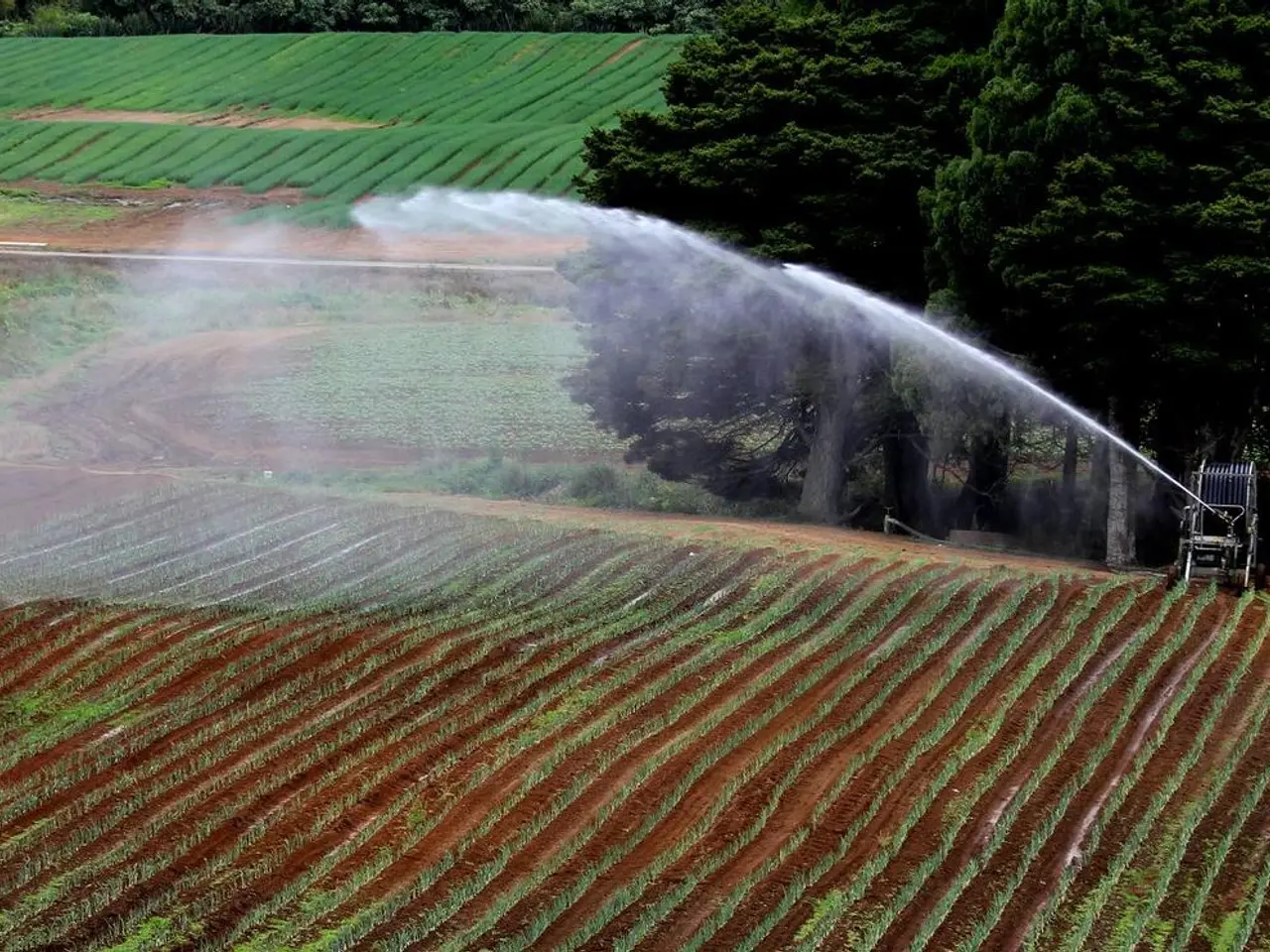Odisha Takes the Lead in Blending Clean Energy and Farming with the First Agri-Solar Summit in India
Odisha Embraces Solar-Agriculture Revolution with Agri-Photovoltaics
Odisha, a state in eastern India, is leading the way in the integration of solar energy and agriculture, known as Agri-Photovoltaics (APV). This innovative approach, which allows for dual land use for crop cultivation and clean energy generation, is set to significantly increase smallholder farmers’ incomes by providing a “third crop” in the form of solar power revenue.
The state's geographic and climatic conditions, with over 300 sunny days per year and an average solar irradiance of 5.3 kWh/m²/day, make it especially well-suited to scale APV technology for sustainable rural development.
The first community-led APV pilot in Koraput, developed with support from the Indian Council for Research on International Economic Relations (ICRIER) and local organizations, targets tribal smallholder farmers, aiming to empower them through income diversification and climate resilience.
The Odisha government has shown intent to integrate APV with existing schemes like PM-KUSUM to enhance adoption and financial inclusion. Akshaya Biswal, Program Director - Odisha, Passing Gifts, focuses on empowering Farmer Producer Organizations (FPOs) to lead the change in combining productivity with sustainability through Agri-Photovoltaics.
The recent Odisha's inaugural Agri-Photovoltaics summit, SunKranti APV 2025, highlighted the potential of APV to double farmers' incomes in a short period, as emphasized by Padma Shri Dr Ashok Gulati. Policymakers and stakeholders at the summit emphasized that APV could substantially boost rural livelihoods, support food and energy security, and promote sustainability.
Vishal Kumar Dev, Principal Secretary of Odisha's department of energy, expressed the need for research on which crops thrive best under solar installations for scalability. Dr Arbinda Kumar Padhee, Dr Satyapriya Rath, and Dr D.K. Singh participated in panel discussions, emphasizing the role of FPOs in implementing APV models.
Rina Soni, executive director of Passing Gifts, described SunKranti APV 2025 as a convergence of innovation, inclusion, and action, aiming to create a replicable model where clean energy and agriculture thrive together. Surama Padhy, Odisha Legislative Assembly Speaker, emphasized the transformative potential of APV for rural livelihoods, particularly for smallholder farmers.
Neena Joshi, senior vice president of Heifer International, believes that caring for the Earth is essential for sustainable development, and APV offers a solution to address food security, energy access, and climate challenges.
Odisha currently generates 2,938 MW of renewable energy, with 21% being solar, and is targeting a total of 7.5 GW in solar capacity by 2030. The state's ambitious renewable energy capacity goals further bolster the potential for scaling APV technologies statewide.
In sum, Odisha's APV initiatives are at a nascent but rapidly advancing stage with strong institutional support, favorable environmental conditions, and explicit policy backing. The potential impact includes improved incomes and livelihoods for smallholder and tribal farmers, increased renewable energy generation, efficient land use, and strengthened sustainable development outcomes in rural communities.
- The integration of Agri-Photovoltaics (APV) in Odisha's agricultural sector, driven by science and technology, could revolutionize the renewable-energy industry and significantly contribute to environmental-science, especially climate-change mitigation.
- Financial institutions must explore innovative financing models to support the expansion of APV technology in Odisha, as it has the potential to boost rural economies, ensure energy security, and promote sustainability in the industry.
- The Odisha government, through initiatives like PM-KUSUM, is striving to create a conducive financial environment for the adoption and scalability of Agri-Photovoltaics, furthering the state's goal to increase its renewable-energy capacity and advance its ambitious sustainability agenda.




